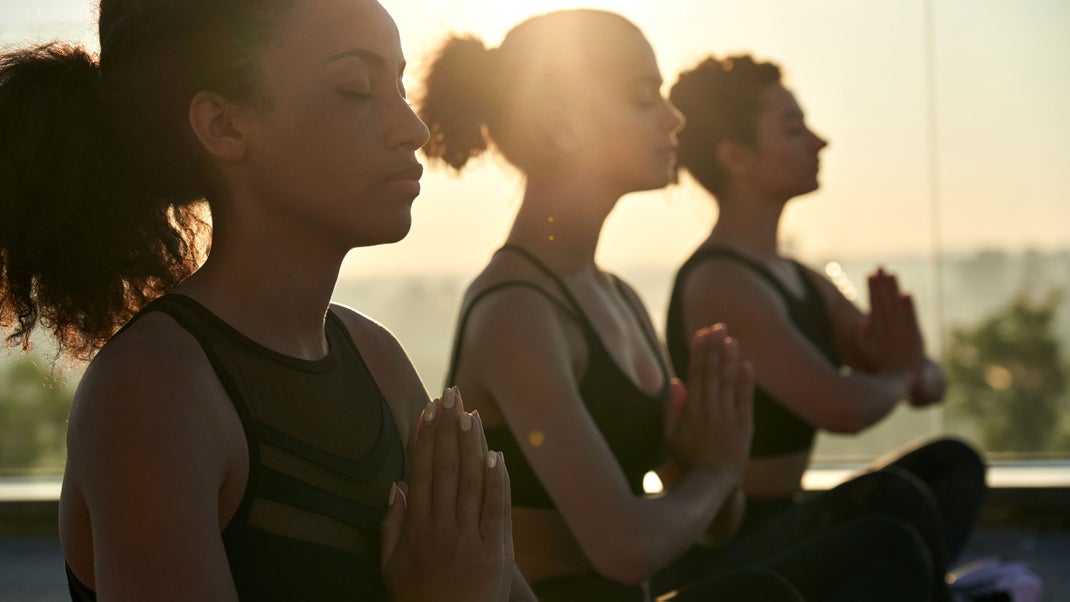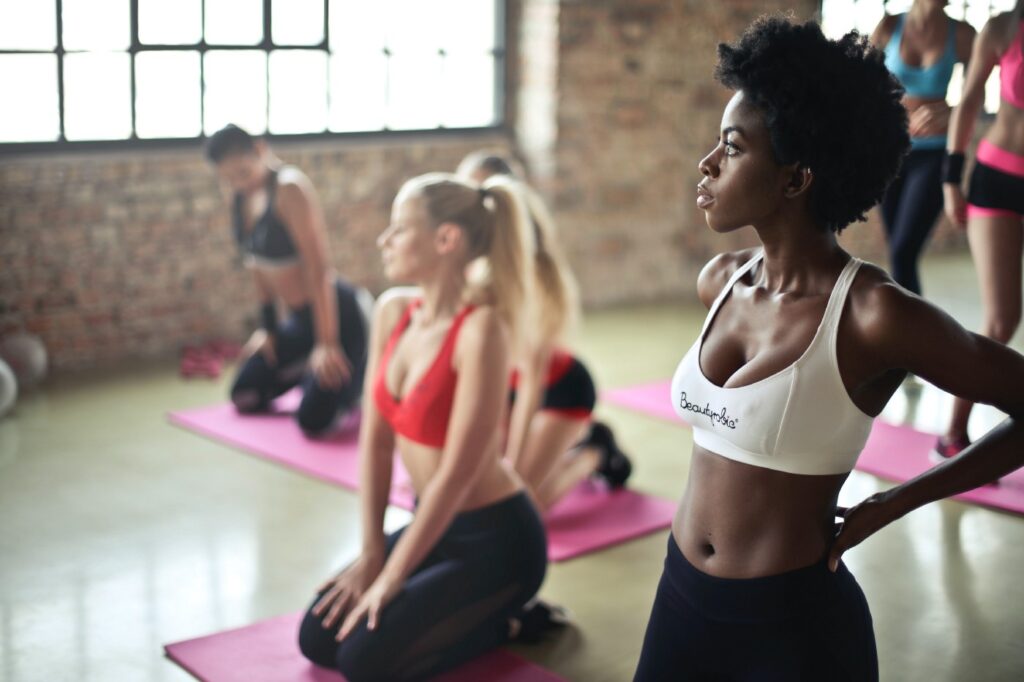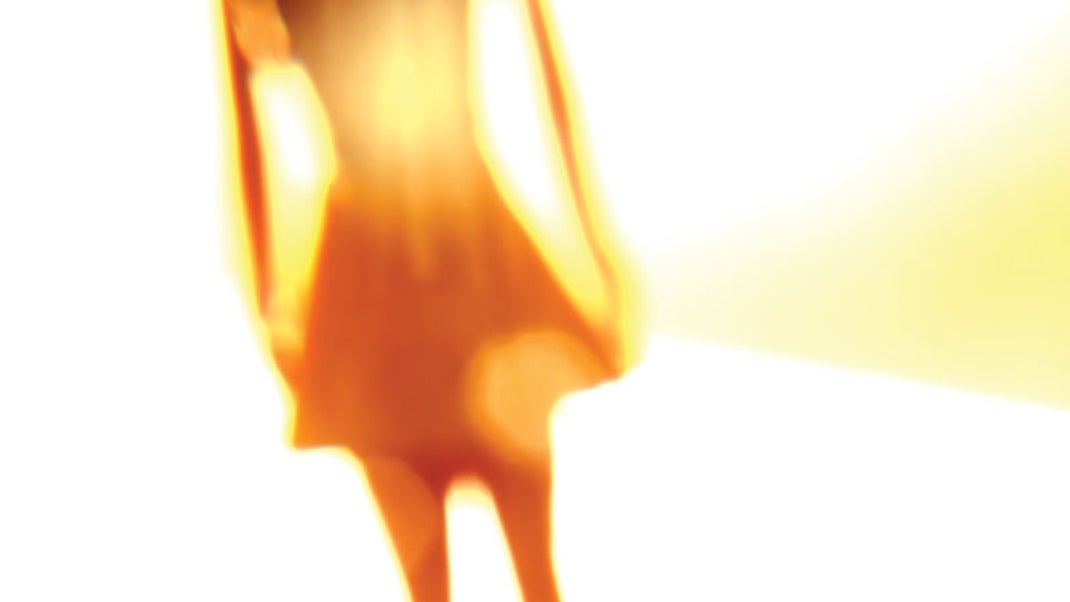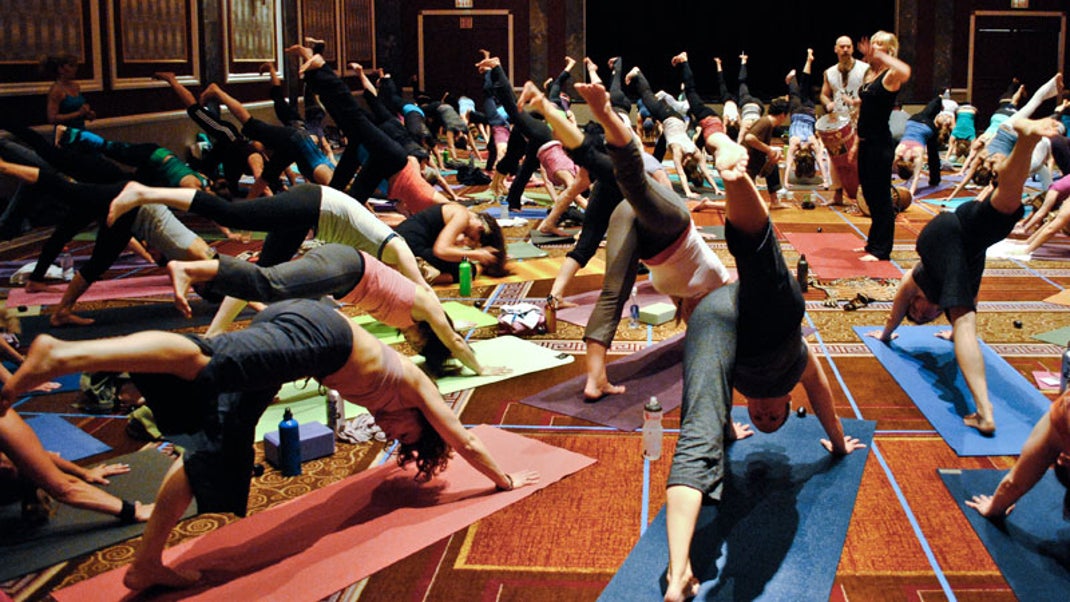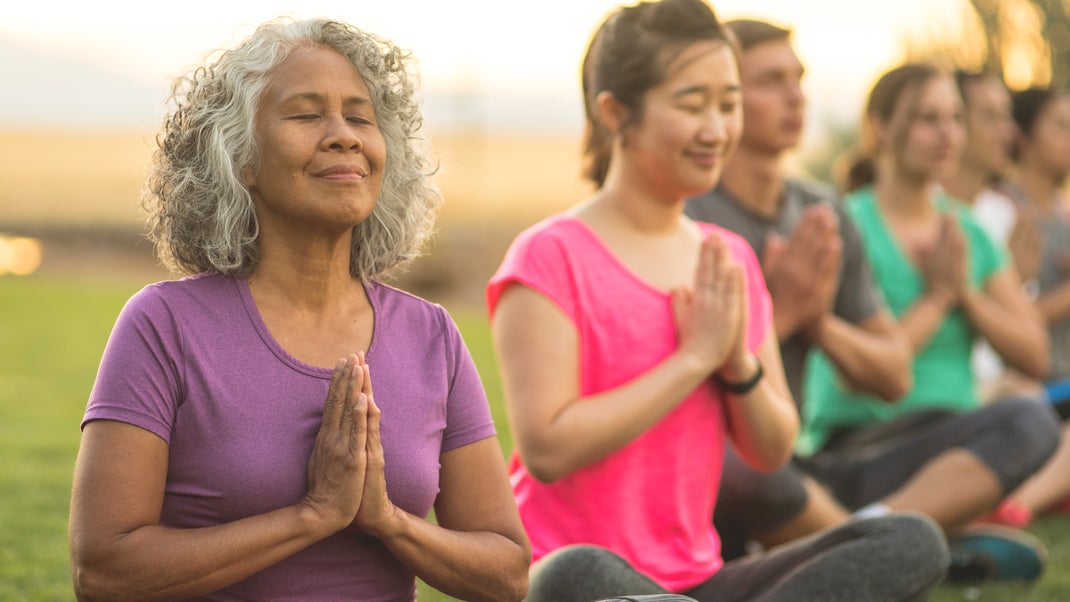For Black Virginians, yoga is an opportunity to reclaim historically oppressive spaces. Black Virginians find empowerment in the physical practice of yoga through a deep connection with their bodies and through shared community experiences.
Nearly three weeks after George Floyd’s death by the knee of a white police officer, in the former capital of the Confederacy, a cluster of people sat huddled in a circle at the base of the towering statue of Robert E. Lee in Richmond, Virginia.
The group of about two-dozen adults had come together for a community meditation and racial healing circle, holding space in a place that—for 130 years—has served as a monument to white supremacy.
In the weeks since Floyd’s death, protestors had been remaking the monument’s image. The 40-foot-tall gray granite pedestal supporting the 12-ton bronze statue was beginning to disappear under colorful graffiti: hand-painted memorandums denouncing the police and calling for the end of inequality and systemic racism.
Protest organizers had asked yoga therapist Ashley Williams, founder of Bare Soul Yoga, to lead a meditation at the monument for those who had been camped out at the protest site for days.
“That time was created to hold space for community healing—a moment to rest, reflect, and feel our experience,” Williams says. “Seeing the Robert E. Lee monument has been powerful … now with all this artwork covering it, people communing [around it] and reflecting on it—it’s both a symbol of love and hate existing in one.”
Using Yoga to Heal Trauma
Mind-body interventions, like yoga and meditation, which help regulate the nervous system, are powerful tools for healing trauma—including the trauma resulting from racism, says Dominique Malebranche, Ph.D., a counseling psychologist, and professor at Lesley University in Cambridge, Massachusetts.
Racial trauma—which results from experiencing race-based injury ranging from language to violence—impacts the functioning of the brain and how it perceives threats, Malebranche, a Black Haitian American, explains.
“For folks who have experienced ongoing trauma, the amygdala—the threat-perceiver—becomes hyperactive,” she says. “When the brain perceives threat more frequently, experiencing less safety and control, as is common in trauma survivors, it becomes difficult to perform daily activities and make decisions.”
Yoga, when it is guided by trauma-informed practices, can help reconnect the mind to the body and breath, contributing to rewiring neural connections to stressful stimuli, Malebranche says.
This is where Williams comes in.
Driven by a mission to bring healing to the Black community in a city that has memorialized the oppression of her people, Williams began organizing outdoor community yoga in the summer of 2019. She chose to host the class at the 17th Street Market, a restaurant-lined public square in Richmond’s Shockoe Bottom district, which was once the busiest slave port north of New Orleans before it became the trendy place it is today, known for its tobacco warehouses turned loft apartments. The district was littered with slave auction houses and residences for traders and was home to the infamous Lumpkin’s Slave Jail (also known as “the Devil’s half-acre”) where hundreds of enslaved people lived and died in bondage.
In spite of this history, there are few historical markers or memorials honoring the enslaved people who suffered there—a stark contrast to the five massive statues erected to the Confederacy on Richmond’s posh Monument Avenue, four of which were removed last summer.
Empowering Community Through Yoga
Williams had this contrast in mind when she started her weekly (when the weather allows) community classes, which frequently attract a diverse crowd of dozens of yoga practitioners. She’s bringing empowerment to her community by reclaiming the space that once saw atrocities committed against Black people as a place where Black people can now experience community and self-care.
“We are living on land on which lives were lost, families were broken, violence occurred, freedom was taken … We live on a land that breathes oppression,” she says. “The practice of yoga is a vehicle to revitalize and transform the energy that that space holds into a more liberating, loving, community space where humanity is recognized and restored.”
In a city where yoga studios are both expensive and predominantly attended by white people, Williams’s classes welcome the entire community while focusing on healing for people of color.
“One of the first healing processes of decolonizing or healing from cultural trauma is restoring cultural and historical memory,” Malebranche says. “By engaging in these practices on specific sites, the intervention also has the potential to recoup and restore cultural memories that can be integrated in experiences of healing and strength, rather than previous associations with trauma and oppression.”
For Vicki Wise, a Richmonder who regularly attends yoga classes at the 17th Street Market, the space’s history has deepened the impact of her practice. “I feel like we are helping to heal history by doing yoga,” says Wise, who attended the class to cope with anger on the day a Kentucky Grand Jury declined to charge police officers in Breonna Taylor’s death. “As a Black woman, being able to engage in something that is so healing is my act of resistance.”
Conclusion:
Black Virginians Are Using Yoga to Reclaim Historically Oppressive Spaces Black Richmonders are using yoga as a way to heal from the trauma of living in their city, which is where Black people were once bought and sold.
